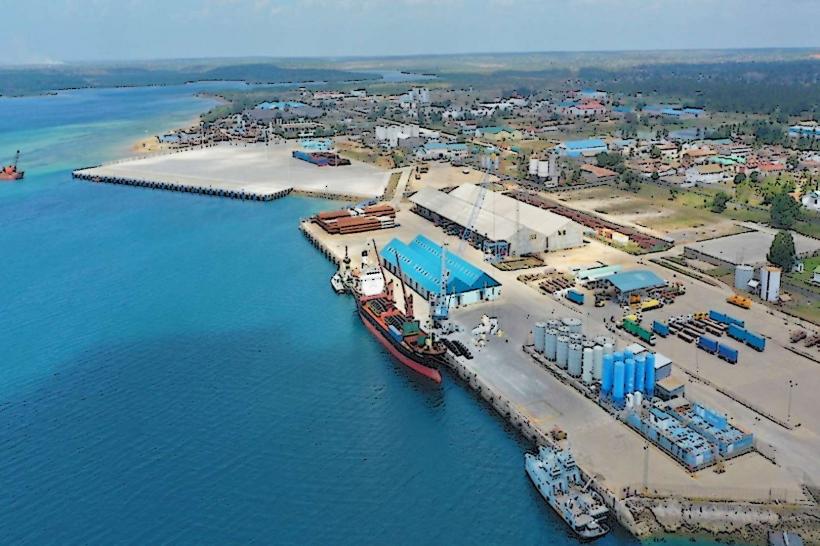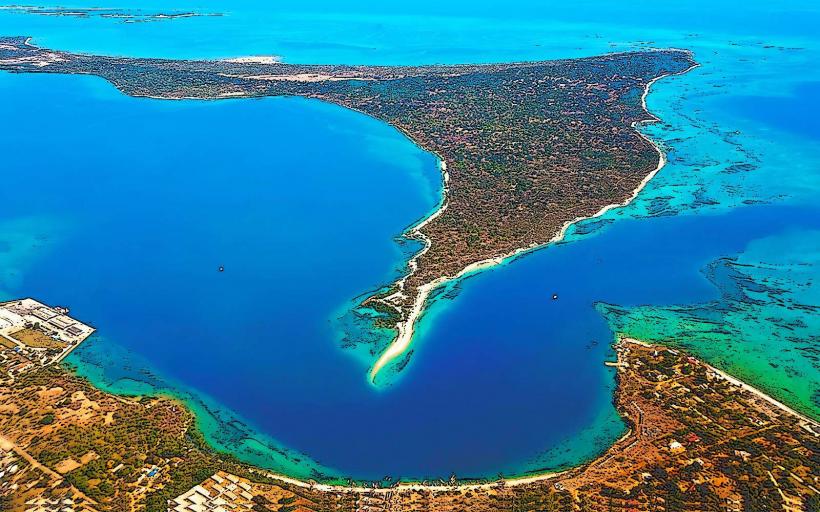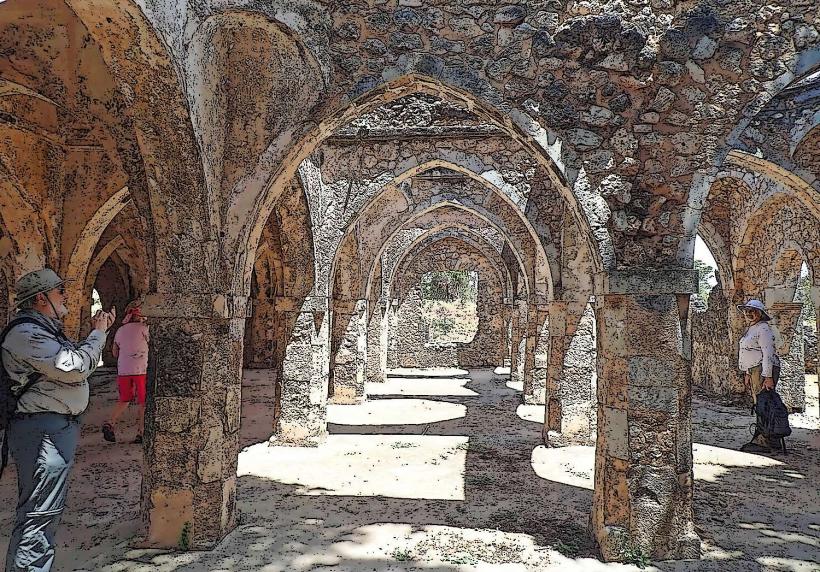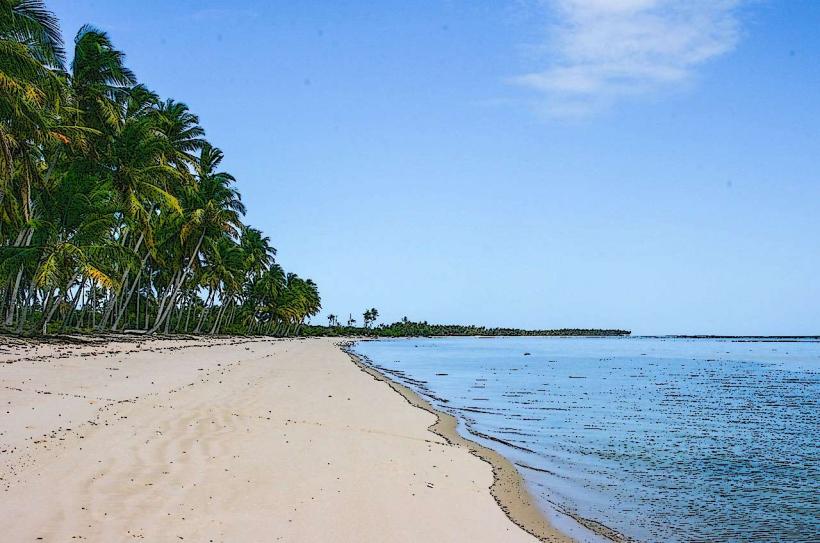Information
Landmark: Lindi DistrictCity: Mtwara
Country: Tanzania
Continent: Africa
Lindi District: A Coastal Region of Tanzania
Introduction
Lindi District is located in southeastern Tanzania, along the Indian Ocean coastline. It is part of Lindi Region, with Lindi Town as its administrative and economic center. Known for its rich history, diverse cultures, and unspoiled natural beauty, the district features pristine beaches, historical sites, and traditional Swahili settlements.
Geography & Climate
- Location: Southeastern Tanzania, bordered by Mtwara Region to the south and the Indian Ocean to the east.
- Terrain: Coastal plains, river valleys, and forested hills.
- Climate: Tropical, with wet (March–May) and dry (June–October) seasons.
People & Culture
- Ethnic Groups: Predominantly Swahili, Mwera, Makonde, and Yao communities.
- Languages: Swahili is widely spoken, alongside local dialects.
- Traditional Livelihoods: Fishing, agriculture, and trade are the main economic activities.
- Cultural Practices: Rich in Swahili and Arab influences, reflected in architecture, cuisine, and coastal traditions.
Economic Activities
Agriculture
- Major crops: Cashew nuts, sesame, coconuts, cassava, and maize.
- Cashew farming is a key economic activity, with Lindi being one of Tanzania’s cashew-producing regions.
Fishing & Marine Resources
- Coastal communities rely on small-scale fishing for income and food.
- Dried fish, shrimp, and seaweed farming contribute to the local economy.
Tourism
- Beaches, historical sites, and wildlife reserves attract visitors.
- The district remains an unexplored tourism destination, offering an authentic Swahili coastal experience.
Key Attractions & Landmarks
1. Kilwa Ruins (Kilwa Kisiwani & Songo Mnara)
- A UNESCO World Heritage Site, located near Lindi.
- Ancient Swahili trading ports from the 9th–16th century, with Persian and Arab influences.
- Features mosques, palaces, and fortresses that tell the story of the gold and ivory trade.
2. Lindi Town
- A historic Swahili-Arab coastal town, with colonial-era buildings and local markets.
- Lindi Bay offers scenic views, fishing activities, and seafood cuisine.
3. Mchinga Cliffs & Beaches
- A hidden coastal paradise with pristine sandy beaches, turquoise waters, and coral reefs.
- Ideal for swimming, snorkeling, and relaxation.
4. Selous-Nyerere Ecosystem
- Wildlife and forest reserves in the western part of the district.
- Home to elephants, lions, antelopes, and rare bird species.
5. Mikindani Historic Town
- A preserved Swahili-Arab settlement with centuries-old architecture.
- Features narrow streets, traditional houses, and historic mosques.
Transport & Accessibility
- Roads: Connected to Dar es Salaam, Mtwara, and Kilwa via the Tanzania Coastal Highway.
- Air Travel: Lindi Airport serves small aircraft, with Mtwara Airport providing larger flight connections.
- Sea Transport: Local ferries and fishing boats operate along the Indian Ocean coast.
Why Visit Lindi District?
✔ Rich Swahili-Arab history with ancient ruins and cultural sites.
✔ Untouched beaches and marine biodiversity.
✔ Authentic Swahili culture and coastal cuisine.
✔ Proximity to UNESCO sites and wildlife reserves.
✔ Fewer crowds, making it a hidden gem for off-the-beaten-path travelers.
Conclusion
Lindi District is a culturally and historically rich region, offering a mix of Swahili heritage, natural beauty, and coastal charm. With its historic ruins, scenic beaches, and welcoming communities, Lindi remains one of Tanzania’s most underrated travel destinations.





